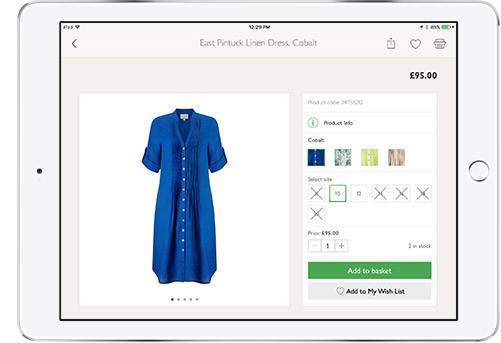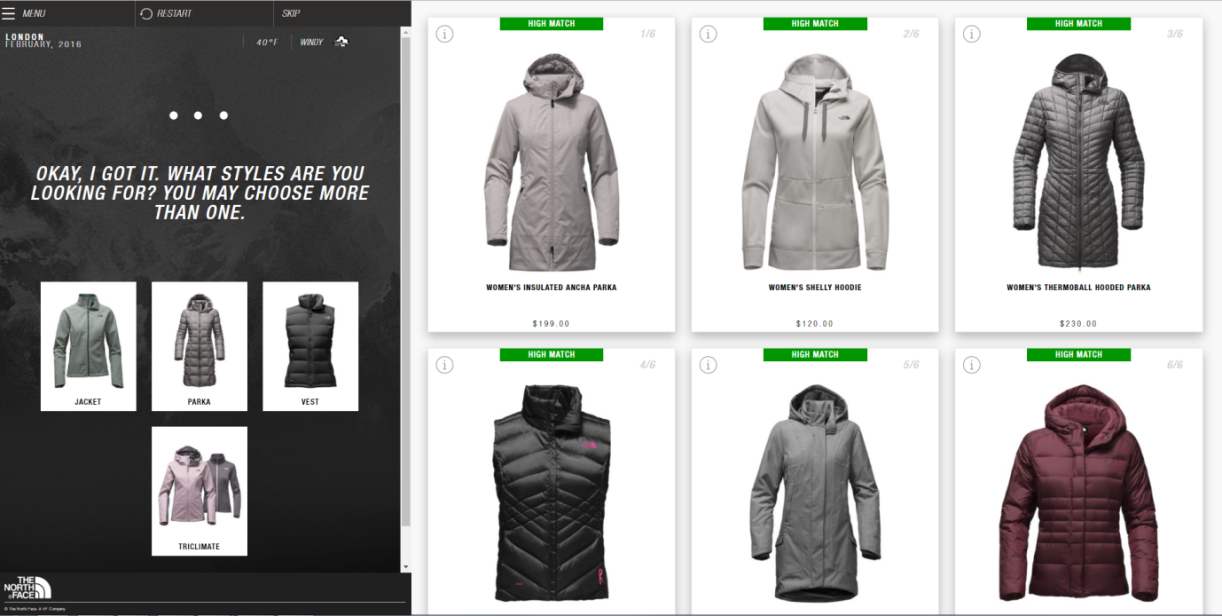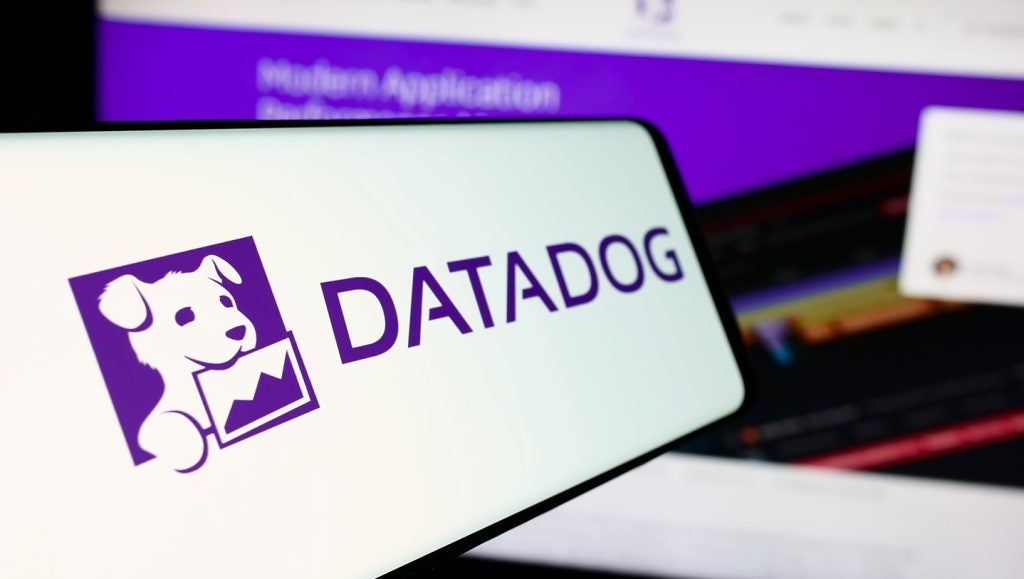The primary application of artificial intelligence in retail is customer service chatbots, intelligent search tools, and personalisation.
Despite knowing where to put their money, only a handful of retailers in the UK have trialled AI due to it being prohibitively expensive.
Most AI investment in 2017 will be targeted towards e-commerce — though Amazon is something of an exception. Amazon intends to use AI to replace in store cashiers in its Amazon Go stores to detect products shoppers have picked up.
Over the next five years a growing number of retailers will buy into AI as it becomes more affordable.
Here’s where some big players are putting their money:
Intelligent search tools
Who’s doing this: John Lewis, Skechers, Net-a-Porter

US Tariffs are shifting - will you react or anticipate?
Don’t let policy changes catch you off guard. Stay proactive with real-time data and expert analysis.
By GlobalData
Most retailers use algorithms to suggest similar items or items bought by other customers already, but in 2016 John Lewis was one of the first retailers in the UK to implement an artificially intelligent visual search tool for its iPad app.
The technology simulates the part of the human brain responsible for vision to recognise content within digital images, providing more accurate and relevant similar product suggestions.
John Lewis could develop this further by offering visual search whereby customers can search for similar products using uploads of pictures they have taken themselves as US department store Neiman Marcus has introduced.
More accurate search results and suggestions will lead to increased average spend and more impulse purchases.
The tool also allows retailers to track the type of products customers are buying to understand the customer better and use the data for marketing products specific to consumers.
Personalisation
Who’s doing this: The North Face, Ted Baker, Wallis
The North Face has developed a personal shopping tool to help users find jackets suitable for their specific needs – such as when and where they would use the jacket and what styles and materials they are looking for.
This results in a recommended list of jackets for the customer labelled by how well the products match the needs of the shopper.
The North Face’s personalisation tool has a number of limitations.
It’s limited to one product category and is not always successful in understanding free text (the technology does not understand answers with spelling mistakes or colloquial language for example).
However, as the technology advances and more customer data is garnered, personalisation will be more and more successful at increasing a retailer’s sales.

Customer service chatbots
Who’s doing this: Shop Direct, Amazon Echo, Uniqlo
Retailers already use human chatbots to answer queries and help internet shoppers, but Shop Direct is investing in an artificially intelligent conversational user interface called Very Assistant.
Though it is not due to be launched for a few months, a preview of the service is available.
Shop Direct will need to make sure its chatbot offers a seamless experience that is advanced enough to fully replicate the experience of talking to an in store product adviser.
Customers should be able to ask complex questions to the robot about style advice and items that would suit the shopper’s personal preferences.







